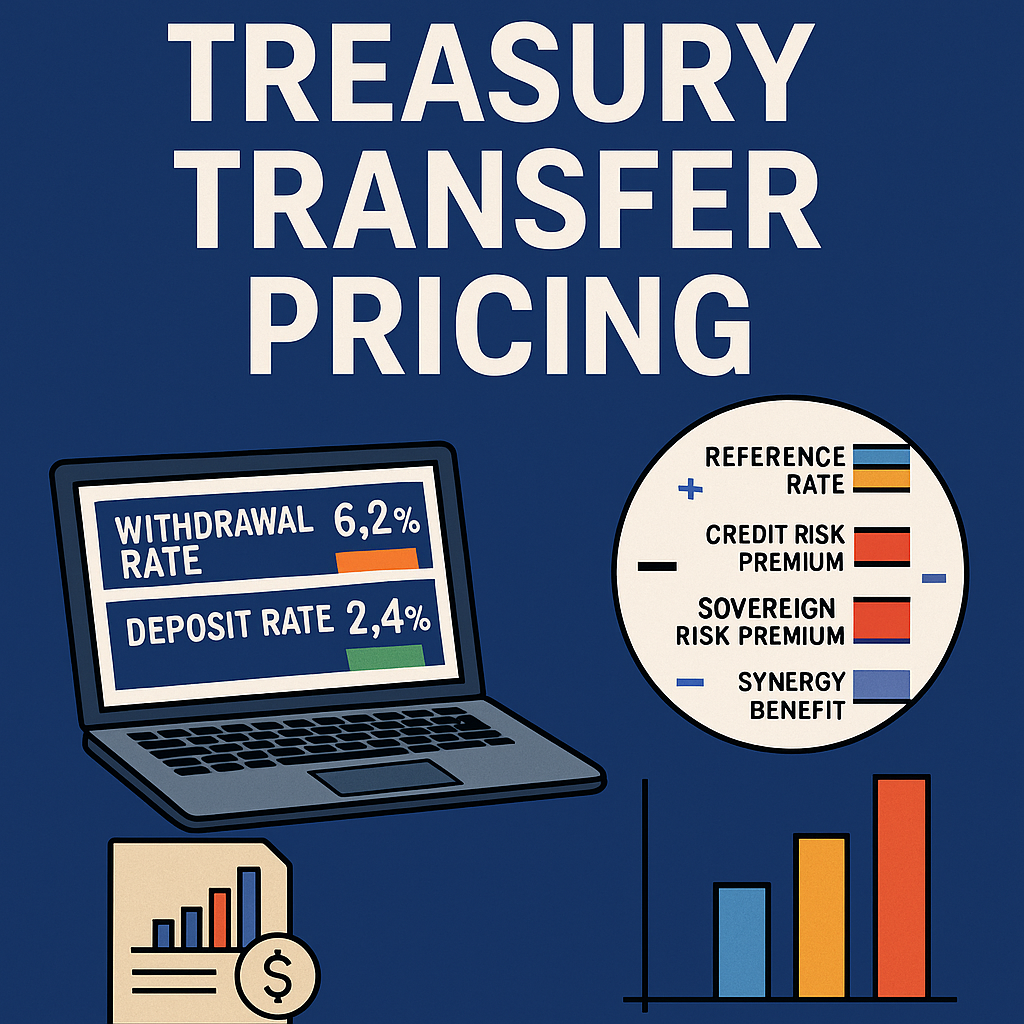While the fundamentals of using derivatives for risk management are well established, advanced techniques can maximize their efficiency and strategic value. This chapter explores innovative approaches to optimize derivative strategies, ensuring alignment with corporate objectives and dynamic market conditions.
- Dynamic Hedging Strategies
- Active vs. Passive Hedging
- Passive Hedging: Maintain a consistent hedge ratio over time.
- Active Hedging: Adjust hedge ratios based on market conditions and forecasted exposures.
- Example: A corporation increases its FX hedging during periods of heightened volatility.
- Rolling Hedge Programs
- Stagger maturity dates of hedges to smooth out cash flow impacts and reduce rollover risks.
- Example: A commodity producer rolls forward futures contracts quarterly to maintain continuous coverage.
- Selective Hedging
- Hedge only when the probability or magnitude of risk exceeds a defined threshold.
- Example: An importer uses options to hedge currency exposure only when exchange rates approach adverse levels.
- Derivative Portfolio Optimization
- Netting Offsets
- Consolidate derivative positions across geographies or business units to reduce notional exposure and transaction costs.
- Example: A multinational consolidates multiple FX forward contracts to hedge net exposure instead of gross exposure.
- Correlation Analysis
- Use statistical techniques to identify natural hedges within the organization’s portfolio.
- Example: Match revenue in one currency with costs in the same currency to reduce the need for derivatives.
- Optimization Algorithms
- Leverage AI or machine learning to identify the most cost-effective mix of derivatives.
- Example: An AI-based tool evaluates multiple hedging scenarios to minimize costs while meeting risk reduction targets.
- Advanced Pricing Models
- Monte Carlo Simulations
- Model potential outcomes of derivative contracts under various scenarios to estimate risk-adjusted returns.
- Example: Use simulations to price exotic options with complex payoffs.
- Scenario Analysis
- Evaluate the impact of extreme market conditions on derivative portfolios.
- Example: Assess how a 10% commodity price drop affects hedging strategies.
- Greeks in Options Pricing
- Incorporate delta, gamma, theta, and other metrics to fine-tune option-based strategies.
- Enhancing Transparency and Compliance
- Real-Time Valuation
- Use Treasury Management Systems (TMS) to calculate the real-time mark-to-market value of derivatives.
- Example: Monitor interest rate swaps to ensure they remain within approved risk limits.
- Audit-Ready Documentation
- Maintain detailed records of hedge objectives, derivative transactions, and compliance with regulatory standards like Dodd-Frank or EMIR.
- Example: A company automates documentation of FX forward contracts to streamline audits.
Conclusion
Advanced techniques in derivative strategy optimization not only enhance risk mitigation but also improve cost efficiency and alignment with corporate goals. By adopting dynamic hedging, leveraging sophisticated analytics, and ensuring robust compliance, treasury teams can maximize the value of their derivative portfolios.








Leave a Comment
You must be logged in to post a comment.